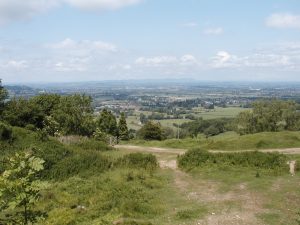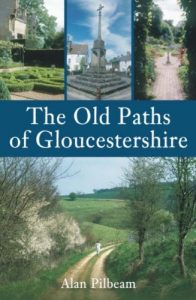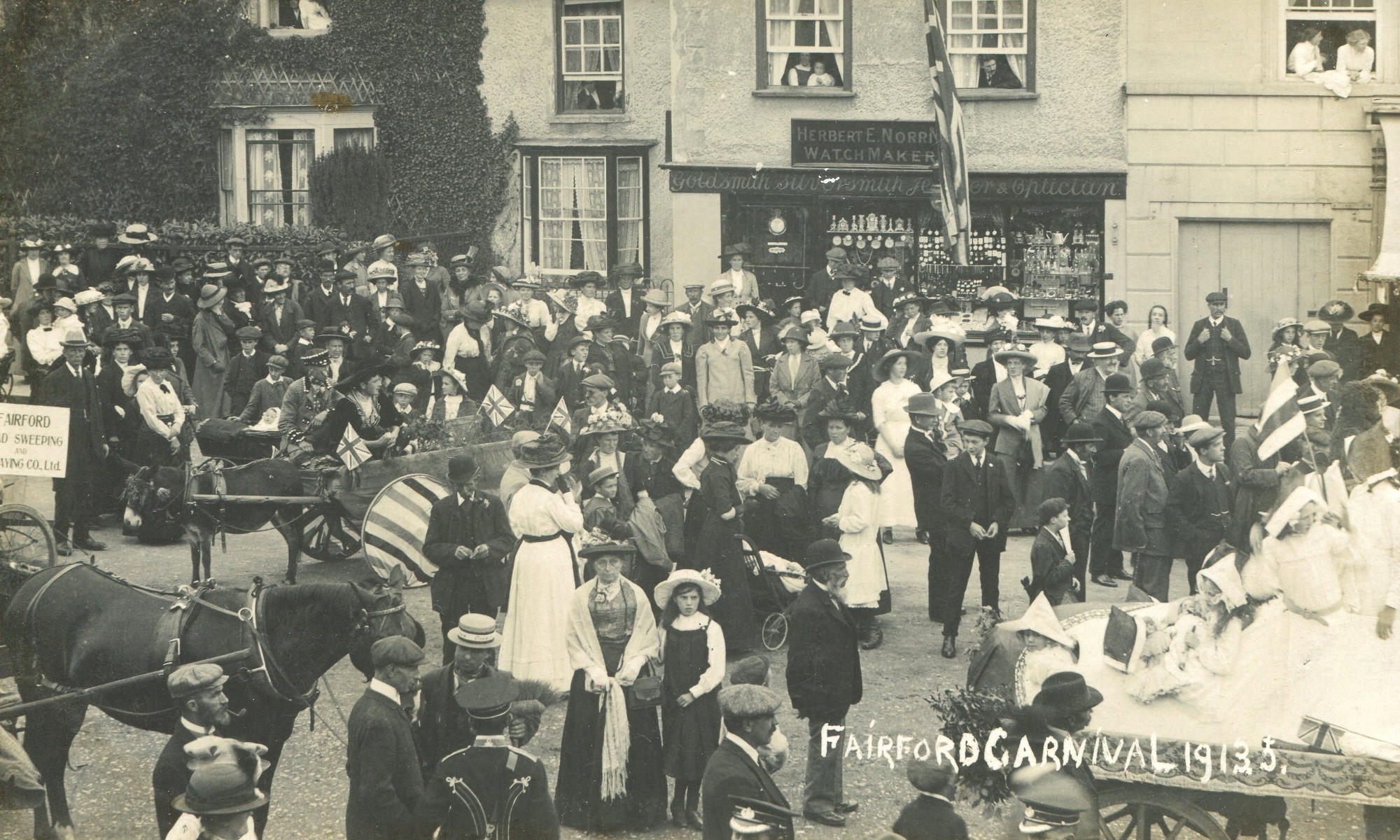There is much more to making sense of footpaths than first appears to be the case. Alan Pilbeam took us through lots of aspects in his talk to the May meeting. For instance he encouraged us to look for paths to the local mill. In medieval times it was compulsory to use the local mill which was under the control of the lord of the manor. Quern stones were a very expensive investment so the lord of the manor and his miller ensured the business got a good return on their investment by not allowing private mills. So a path to the mill from surrounding farms is one to look for.


Similarly in Anglo-Saxon times the church was organised into scattered minsters perhaps 10 or miles apart with a group of clergy who travelled out to settlements spreading the word. As the landscape filled out with more churches and the parish system was established so the minster pattern faded. It is still possible to detect traces in the landscape. Other paths have quite a recent history. Alan Pilbeam gave examples from the Forest of Dean where people had to walk long distances to their workplace because they were not allowed to live on crown land and so settled on the edge of the forest. This was one of those talks where you felt the need to go to your Ordnance Survey maps afterwards and examine the network of local paths and pick out features like deserted villages.
